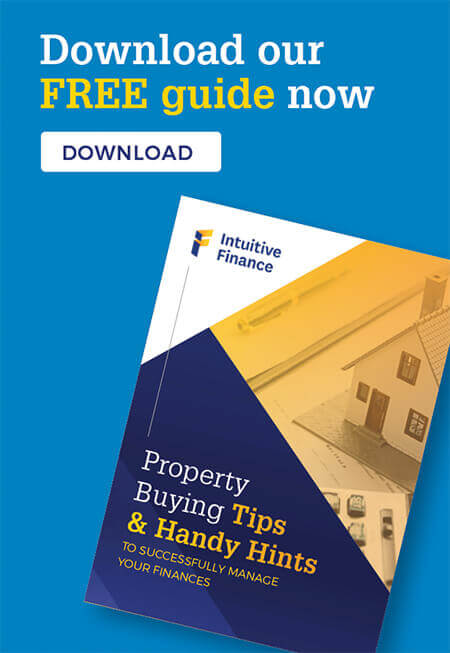
As the nation settles into its post-pandemic reality, a host of challenges have arisen – and one of the big ones has been trying to house our population.
A look across metrics described the way rental and homeownership stress have become entrenched.
Renters are in dire need of places to stay at reasonable price levels, but the numbers don’t bode well for this cohort.
A balanced rental market is one that has a vacancy rate of between two and three percent. Anything below two percent describes a situation where demand is exceeding supply.
SQM Research have released analysis showing the national rental vacancy rate in January 2023 had fallen to one per cent. The outcome was even more pronounced in some capital cities with Brisbane, Perth, Adelaide and Hobart all running at sub-one per cent vacancy, while Sydney, Melbourne and Darwin were all under 1.5 per cent. These figures were accompanied by a 2.4 per cent increase in asking rents during January, and there’s no indication these rent rises will ease anytime soon.
On the homeownership front, things remain tight too. While some buyers may have been celebrating softer property prices in 2022, PropTrack analysis indicates property values remain about 18 per cent above their pre-pandemic levels as at January 2023. Given interest rates have increased nine times since the start of 2022 (and are likely to go up again this month), securing a loan has become even more of a struggle.
So, it isn’t as simple as deciding to become a homeowner instead of a tenant – both paths are struggling.
The immigration equation
As you can see from the above, we are having difficulty creating enough accessible, reasonably affordable houses and units to shelter our population. Yet into this mix, we are about to deliver a whole new wave of demand in the form of immigration.
After years of closed borders, we have flung Australia open to the world. Welcoming back overseas arrivals helps deliver on a few fronts – particularly in terms of filling job vacancies, but also in helping strengthen the economy.
But that flood of new migrants comes at a cost. If we combine increases in the skilled migration intake with visa to attract students, family members and additional persons, our annual immigration numbers are to rise by between 270,000 to 300,000 new arrivals. This was confirmed by our Federal Treasurer Jim Chalmers in January when he said the 235,000 rise in the net overseas migration forecast in the October budget is likely to be wrong, with the real figure expected to be much higher.
Where are we going to house these folks when we’re struggling to provide for our citizens already?
What to do
I’d like to sympathise with politicians because this is a tough challenge to tackle, but frankly the rental dilemma is the result of mismanagement across many tiers of government.
The systematic disincentivising of property investment has seen the number of available rentals plummet. State governments looking to make extra revenue do things like increase land tax revenue, while introducing legislation that removes rights away from landlords and toward tenants.
Add in that many state governments also relinquished their responsibilities around public housing, instead leaving it to private property investors to fill the gap. A great way to government coffers was to sell off social housing in capital cities where values had skyrocketed. Now that has come back to bite the people in charge.
Then there are some Independents and Greens politicians whose ideology revolves around investors being some sort of elite class with a bottomless pit of wealth to share – so they call for rental freezes and legislative changes that make it harder to evict tenants. All this while mortgages and running costs increase.
It’s no wonder investors moved away from rental housing. The Property Investment Professionals of Australia conducted an investor sentiment survey in 2022 which showed 6.7 per cent of investors sold at least one property over the two years to August 2022. This equated to a fall in the rental supply of 10 per cent, or approximately 269,000 dwellings, if you allow that 65 per cent of these properties were bought by owner-occupiers, particularly with all the 1st home buyer incentives and grants afforded to these buyers.
Yes, 1st homebuyers are taking up all the rental accommodation as this is what our governments say is “affordable” for them as well, which is further diluting our rental pool.
So what do we do?
As I said the solutions are a challenge and there’s no immediate fix – but making the right calls now will at least put us on the path to recovery.
First and foremost, we need to encourage more commitment from mum-and-dad property investors who already provide most of the rental housing. All the anti-investor rhetoric should cease, including suggestions around scrapping negative gearing and tinkering with CGT.
There are a range of other ways to approach the problem too. Why can’t we establish a series of grants that would prompt more property investors? They could apply to existing structures as well as new home construction. If the idea is to support more housing construction, additional boost or tax break for those tipping their new property into the rental pool would help too.
Another would be to look at rent subsidisation schemes delivering confidence to landlords that they will receive a fair retrun while making certain struggling tenants have a roof over their heads. This could apply to new immigrants especially, although I’d suggest we need to look after our existing pool of tenants without housing first.
And then we will, at some point, for the financial regulators – ASIC and APRA primarily – to be able to look at responsible lending to these investors and removing the 3% buffer rate to a more realistic buffer of 2% to enable people who want to be able to invest, to be able to do so.
In short, the problem of lacking rentals is the direct result of punishing landlords, so supply has dwindled right at the time when we’re going to need even more because of immigration. If those in power would simply take notice and do what’s right, rather than trying to lumber property invested with all the downside, perhaps we can turn this crisis around before it’s too late.
Finding a great broker requires a little effort on your part, but it will pay handsome dividends in terms of finance success. If you’re looking to secure funds for your next purchase, why not reach out to our team at Intuitive Finance for a chat.
Knowledge Hub Updates
Join 12,400 readers who already receive it.
- Timing the Market vs. Time in the Market - July 15, 2024
- On Market vs. Off Market Listings: What’s The Difference - June 17, 2024
- Impact of Victoria’s Land Tax Hike on Property Investors - June 3, 2024





